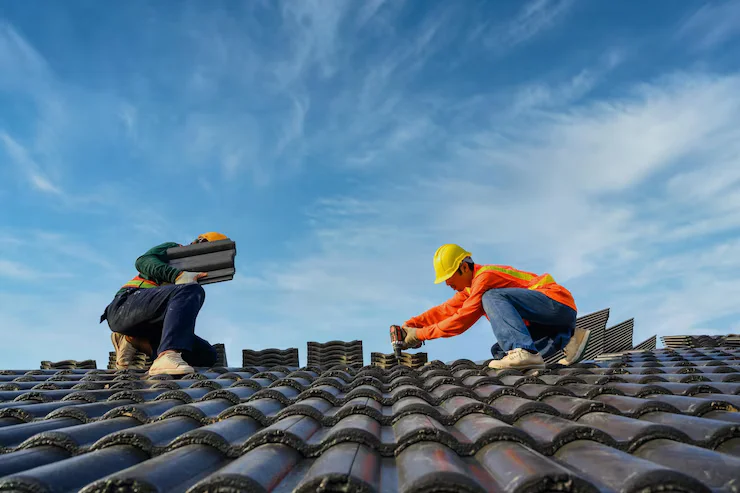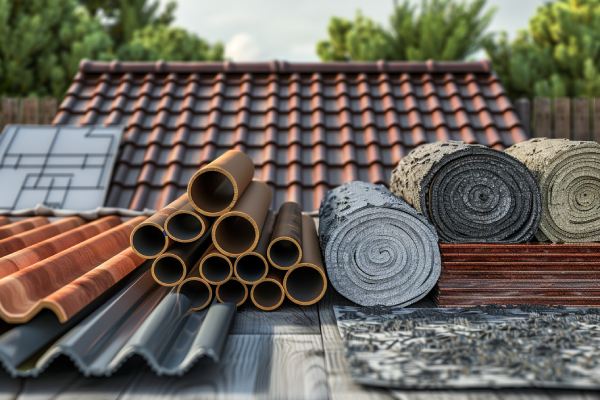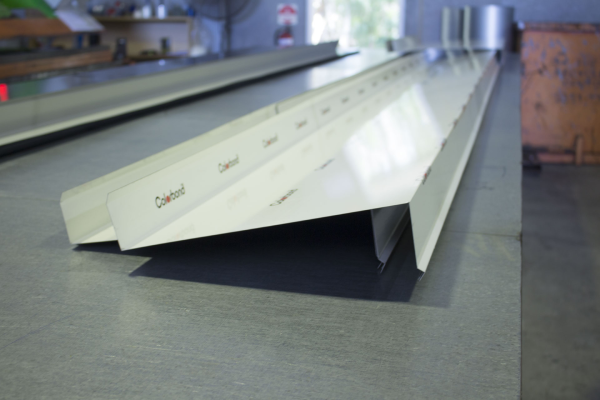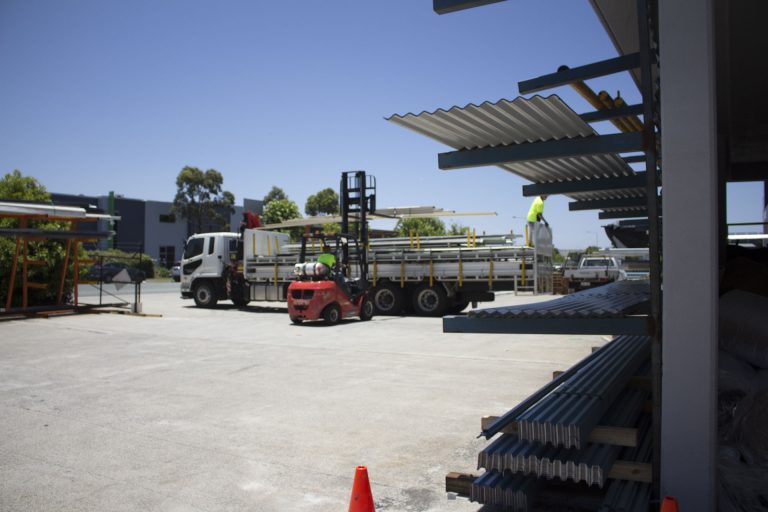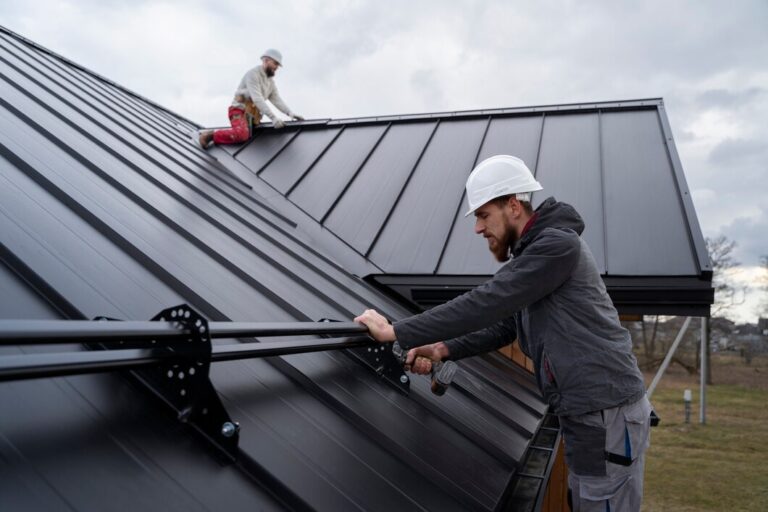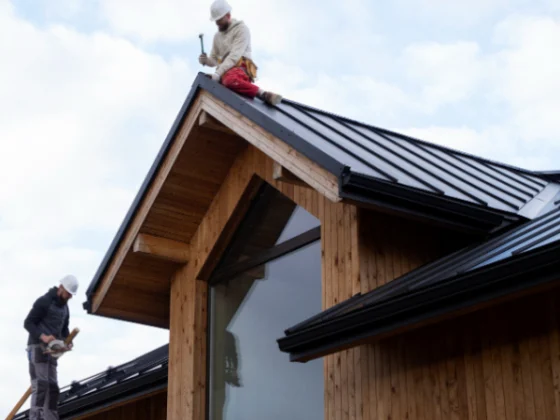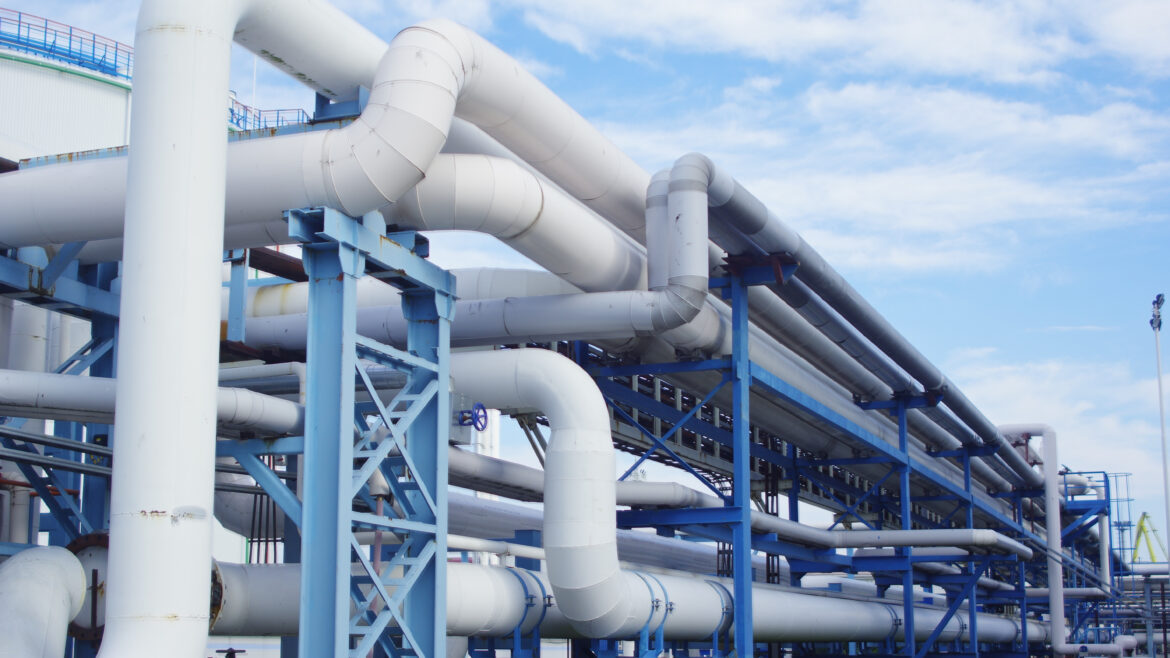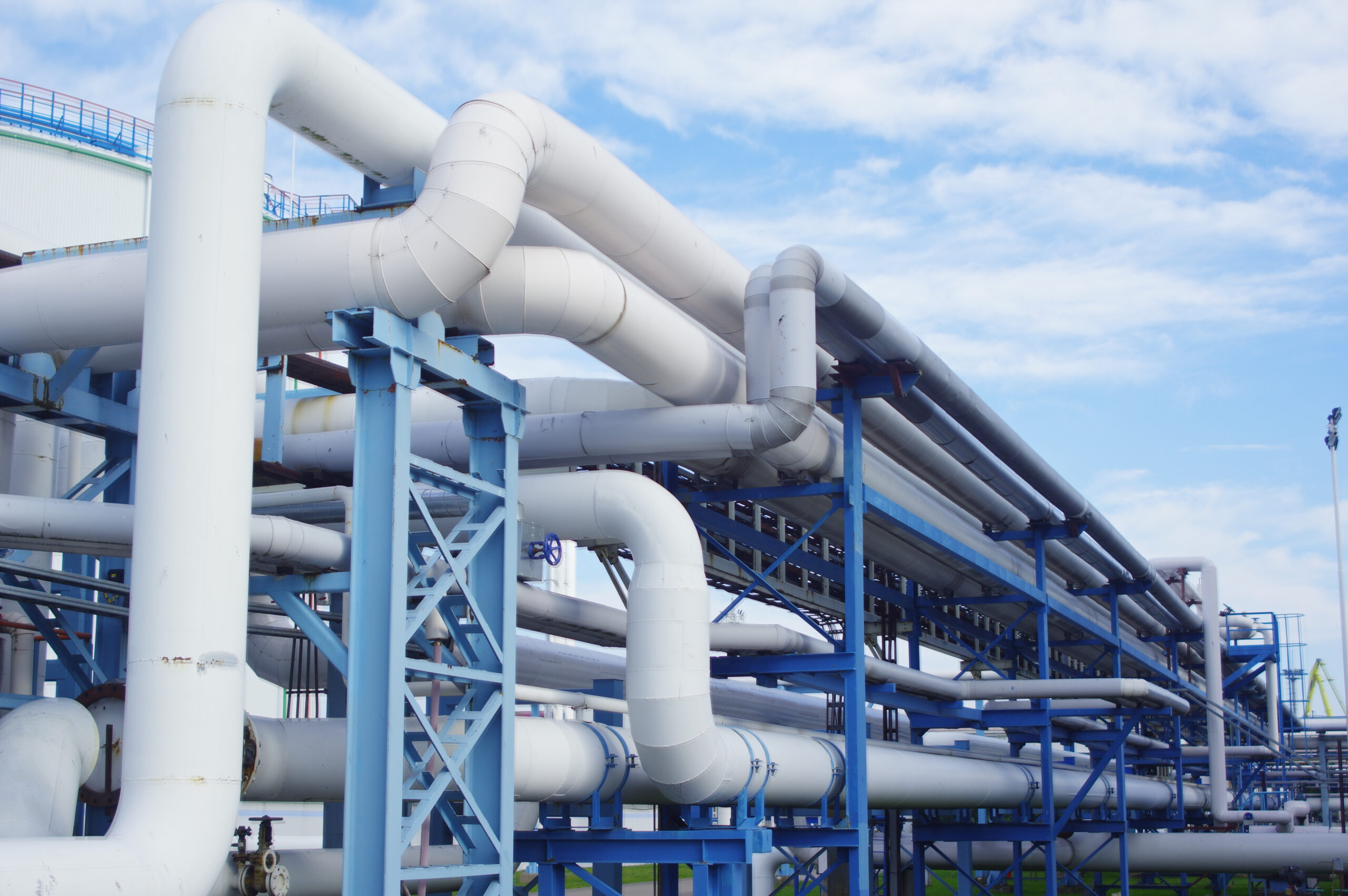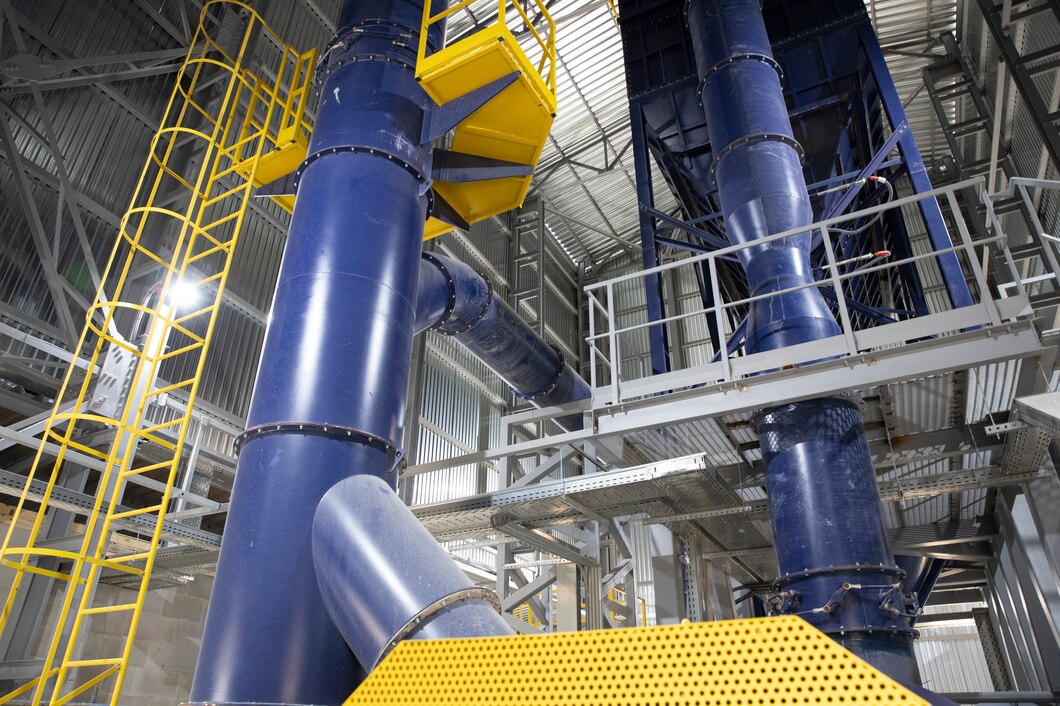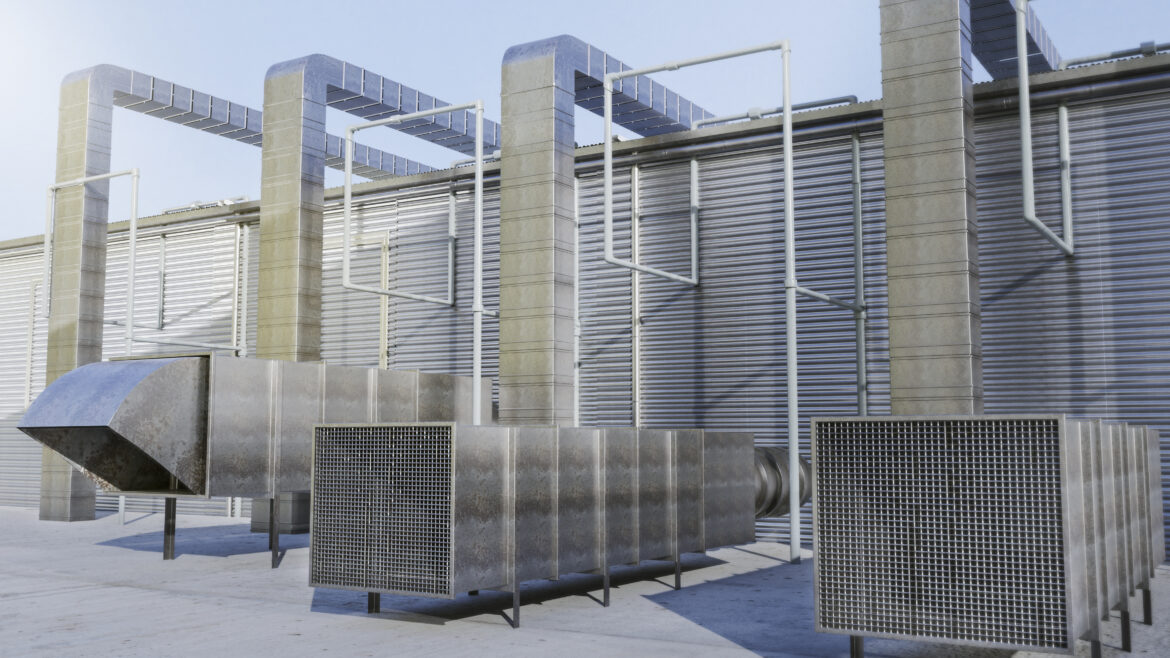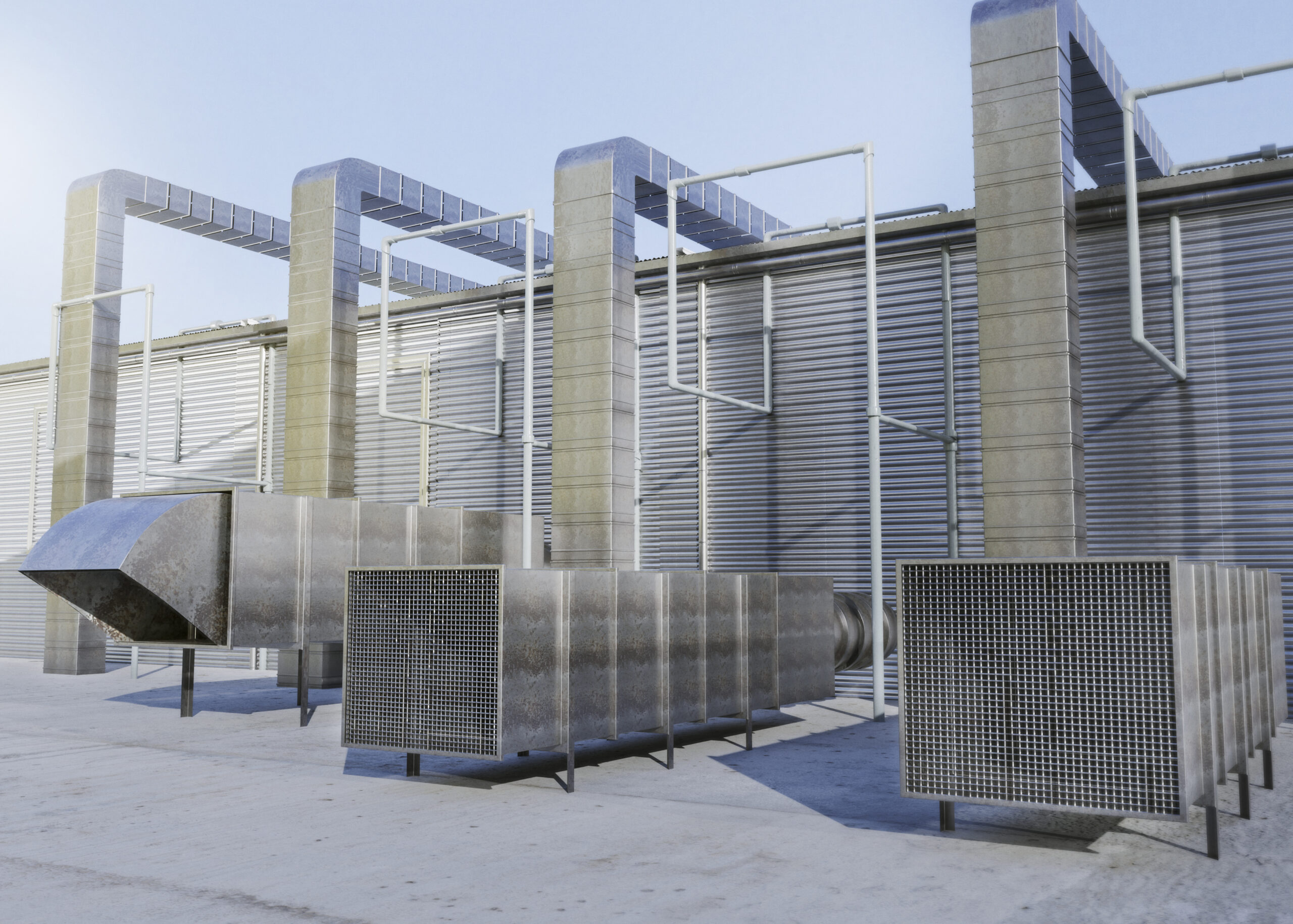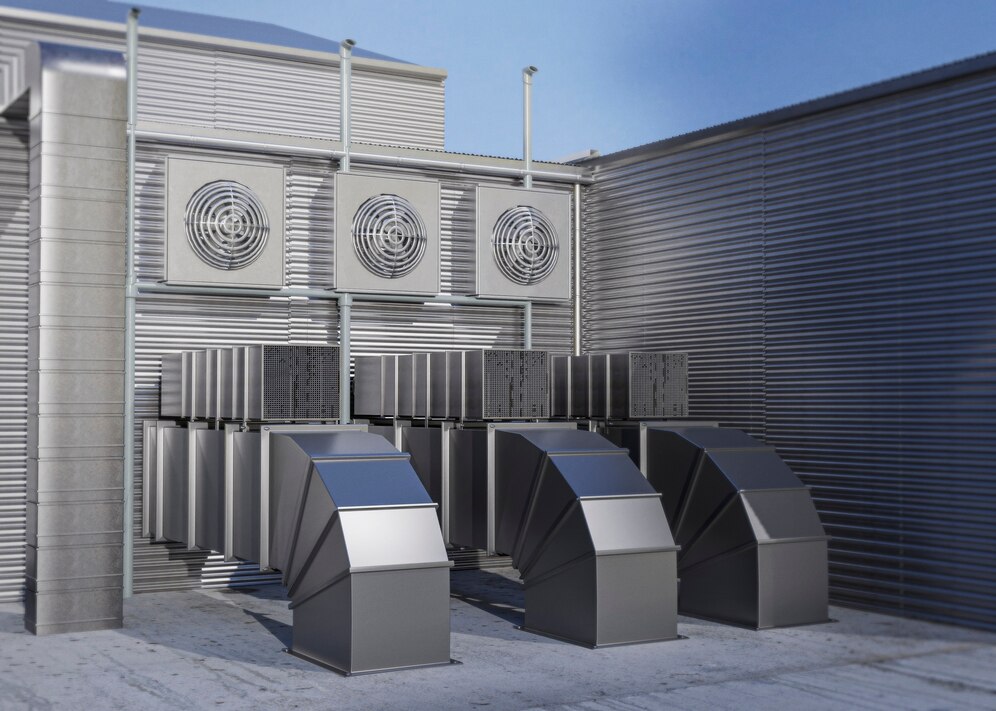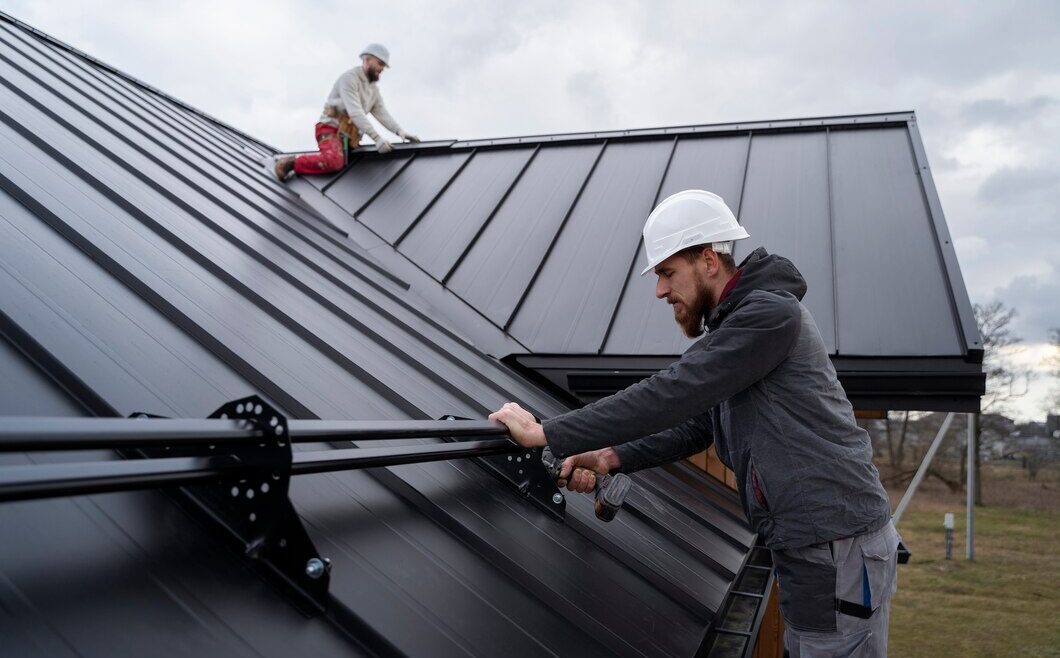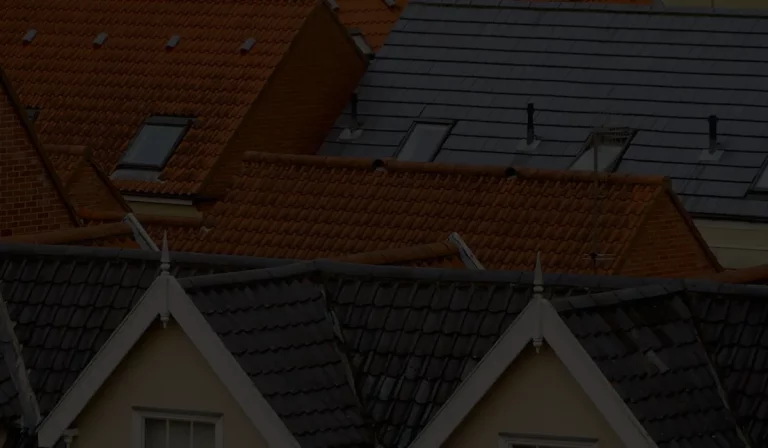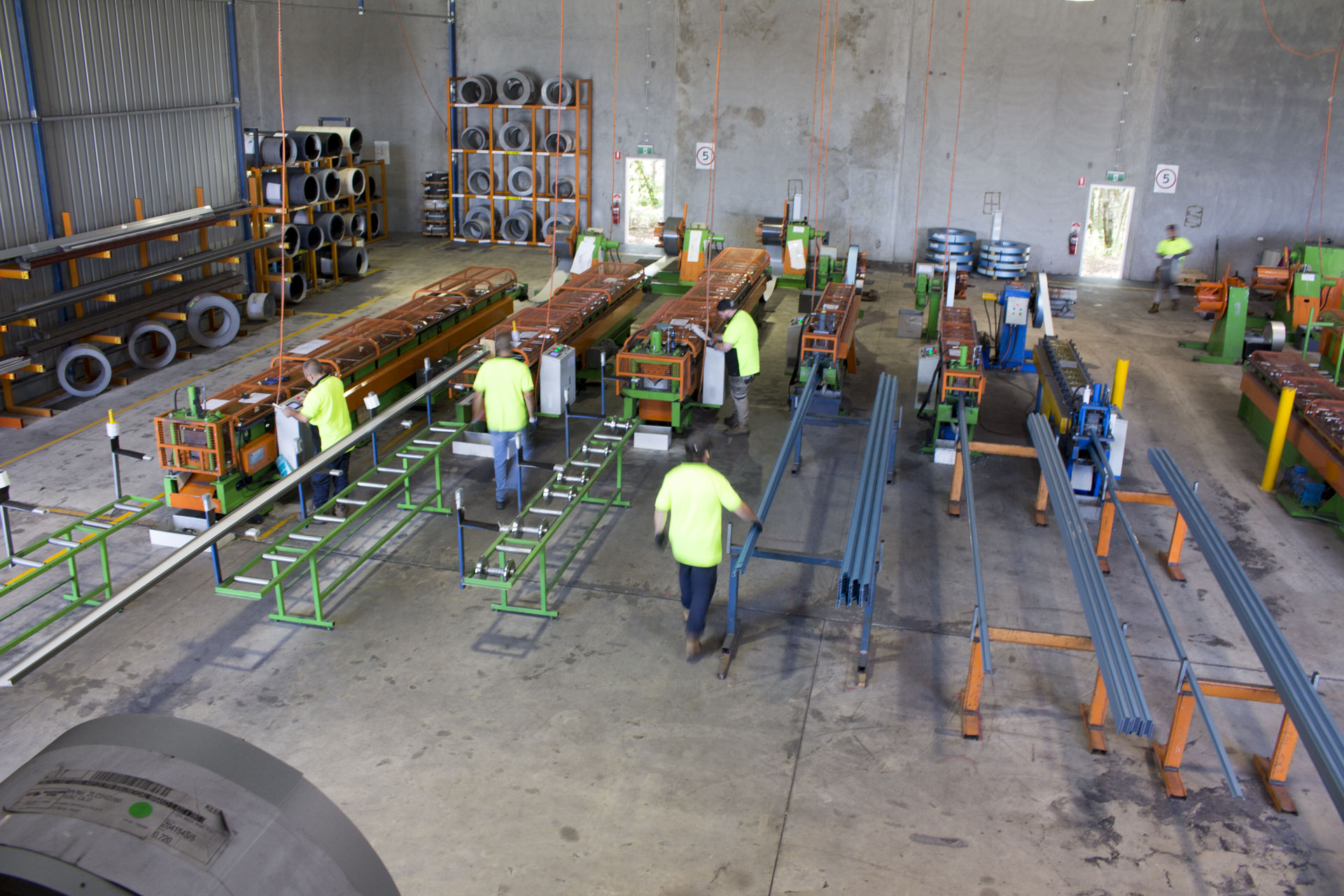The Sunshine Coast has a subtropical climate with plenty of sun, rain and coastal conditions to consider when choosing roofing materials to protect your property.
As a leading Sunshine Coast roofing company helping property owners for many years, we’ve seen firsthand how different materials withstand this climate over the long term.
In this article, we’ll count down our top 10 recommended roofing materials for coastal Queenslander and contemporary properties in the region.
We’ll explain what makes each option suitable for the Sunshine Coast’s unique environment. Our rankings consider durability, lifestyle factors, architectural style and affordability. Read on for our professional picks to help guide your roofing decision.
Best Roofing Materials For Sunshine Coast Homes
While investing thousands of bucks in a new roof, property owners prefer the most durable and water-resistant materials.
Here are the top 10 durable roofing materials that work well in Sunshine Coast –
1. Colorbond Steel
As the top choice for over half of Australian homeowners, Colorbond steel roofing provides unparalleled durability against corrosion, fire, and weathering.
Available in various colours to personalise your home’s aesthetic, its baked-on paint system ensures the vibrant hue lasts decades. Easy to maintain and fully recyclable – it’s a reliable investment.
2. Corrugated Roof Sheeting:
With its iconic wave-like shaping, corrugated metal roofing gives a textured look that always stays in style.
Durable metals like steel, aluminium, and zinc withstand high winds, rain, hail, and salt spray corrosion. Perforated corrugated roof sheeting options allow ventilation to shed heat.
3. Rolldek Roof Sheeting
Crafted from solid steel alloys coated in zinc, aluminium, or baked-on paint, the streamlined Rolldek profile resists impact damage while carrying lighter loads than tile or slate.
Quick click-lock installation enables customisation options like translucent panels for natural light. With little maintenance required, it retains its modern appearance.
4. Rolltop Ridge
Rolltop Ridge caps the roof’s highest points, preventing leaks pest ingress and strengthening weather resistance. The rolled shape enhances water runoff.
Made from stainless steel, zinc alloy or Colorbond® steel to complement your roofing, they allow ventilation to inhibit moisture buildup.
5. Gable Roll
Shielding triangular gable ends from driving rain and moisture. Gable rolls fully enclose the vulnerable edges in your choice of durable metal sheeting.
Matching your roof’s colour palette, they trim the gable tidily while enabling air circulation. This prevents degradation of roof framing and temperature fluctuations indoors.
6. Translucent Polycarbonate
With excellent light transmission and insulation properties, translucent polycarbonate panels brighten interiors while regulating temperatures. Its unique cellular structure scatters sunlight to prevent glare and hot spots.
UV-protected on both sides, the durable thermoplastic withstands hail, wind pressures and coastal conditions over time with minimal maintenance required.
7. Translucent Fibreglass
Allowing diffused daylight indoors, translucent fibreglass roofing panels resist corrosion in salty coastal air. Naturally insulating for improved energy efficiency, these lightweight sheets won’t expand or contract radically with temperature swings.
Quick to install and assemble into expansive skylights, fibreglass withstands strong winds and sheds heavy rainfall.
8. Insulated Solarspan
Combining a polycarbonate or metal skin with a foam-insulated core, Solarspan roofing regulates indoor temperatures for energy savings on heating and cooling.
The foam barrier resists conduction and airflow, while the solid outer layer protects against weathering. Weighing less than tile, installation is quick with anti-condensation properties.
9. Insulated Insulroof
With an insulated core sandwiched between steel skins, Insulroof sheets provide superb thermal performance in hot or cold environments.
The inner insulation layer drastically slows heat transfer for improved climate control indoors. This reduces reliance on artificial heating/cooling for enhanced cost savings over time.
10. Shingles
Offering an eye-catching traditional style, asphalt shingles come in diverse earthy tones, from black to brick red.
Composed of fibreglass mats coated in asphalt and protective mineral granules, they endure weathering, resist fire and insulate against sound/temperature. With affordable pricing and easy installation, their dimensional shape adds depth.
How to Choose the Right Material?
When selecting the suitable roofing material for your Sunshine Coast home, consider the following factors:
✔ Climate and Weather Conditions
There is a likelihood of storms and cyclones in the subtropical climate of the Sunshine Coast. This means that roofing materials must withstand these extreme weather conditions. For those, consider choosing colorbond, insulated roofing sheets, and corrugated steel because of their strength and withstand abilities.
✔ Aesthetic Appeal
Your choice of roofing material might affect the overall appearance of your space. Choose shingles or rolled sheets if you want a sleek material that complements the property’s design.
✔ Durability
Purchasing a long-lasting roofing material is essential for the long-term security of your space. Premium polycarbonate and steel are two examples of materials that are incredibly robust.
✔ Energy Efficiency
When you use an energy-efficient roofing material, you will be least dependent on air conditioning and heating systems. Thus, you can control your indoor temperature. Improved energy efficiency can be attained through light-coloured roofing materials, translucent polycarbonate, and insulated roofing sheets.
✔ Cost and Maintenance
Don’t just consider the roofing material’s initial cost but also consider ongoing maintenance needs. Some roofing materials have a high upfront cost but may need less maintenance over time. Overall, such types of materials turn out to be more affordable.
Roll Tech Australia: Your Trusted Partner in Roofing Needs
The range of roofing materials out nowadays means you’ve got plenty of options to work with. A skilled Sunshine Coast roofer like our crew at Roll Tech Australia can guide you through the decision process.
Explain your vision and lifestyle needs, run any ideas you might have by us, and see what materials and roofing solutions we suggest.
The end goal is landing on the ideal roof for you – one that fully aligns with your priorities for budget, longevity, style, and performance. And since we’ve been outfitting quality, custom roofs in the Sunshine Coast area for years, we’ve got the expertise to recommend and install the right roof for your needs.
So, if getting an expert recommendation tailored to find your ideal roof sounds good, pick up the phone or shoot us an email.
Let’s get the conversation started and let’s find the best roofing material for you!


